Just opposite the mainland of Bandar Seri Begawan is Kampong Ayer or the Floating Village, without which a trip to Brunei would not count. Below is a story about a trip along the Brunei River and our friendly visit to this unusual place.
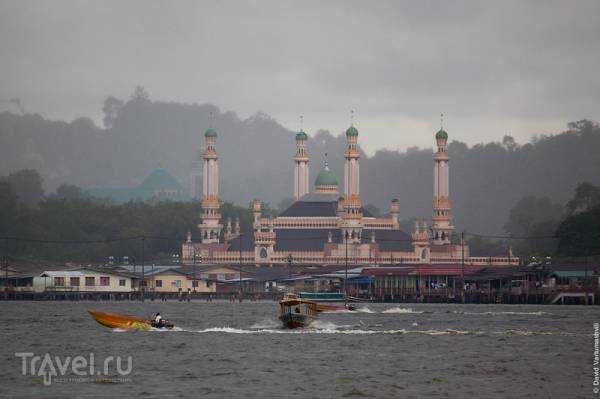
On the very first day we met a guy who introduced himself as Boy N. Tonga. He offered to give us a tour of Kampong Ayer and show us the famous endemic of the island of Kalimantan (aka Borneo) - proboscis monkeys. Boy was not the only one who, having recognized us as tourists - and this, as you understand, is difficult to hide when you are in Africa or Asia - tried to impose his services. Based on this, the first disappointing conclusion for Brunei was made that not everything is so smooth here with the well-being of the population, if local residents are trying to drag you on some excursion in order to earn an extra penny. Since I liked the excursion, and we saw more than we agreed with Boy, I can recommend him, if anyone needs it, his phone number was 8223273.

The next morning we called Boy, met on the embankment and boarded the boat.

Soon the boat was already in the middle of the river. I noticed a huge billboard towering over the houses. In the middle of the river, there was an advertisement for none other than Toyota. Although, this advertisement probably did not refer to cars that were not relevant here, but to boat motors.
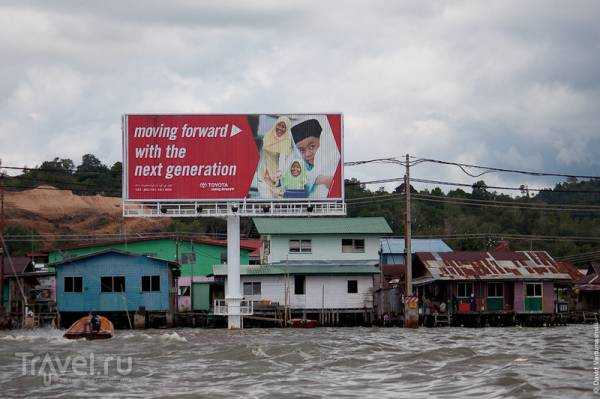
Boy suggested that we first take a walk along the Brunei River, look at the mangroves and perhaps meet proboscis monkeys. I agreed, but only to, as they say, occupy my time, because I knew that meeting monkeys was unlikely. From reports on visiting the river, I remembered that few people managed to meet these monkeys, so I had no particular illusions. In the first minutes, while the boat cut through the muddy water of the river, it became clear that the largest river in one of the richest countries in the world was thoroughly littered. Later it would become clear why.
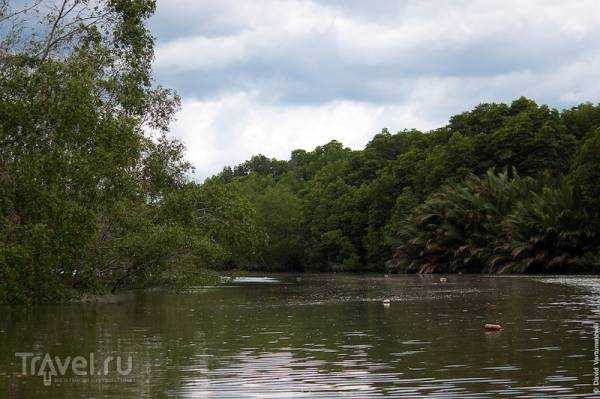
At one point we turned into dense mangrove thickets:
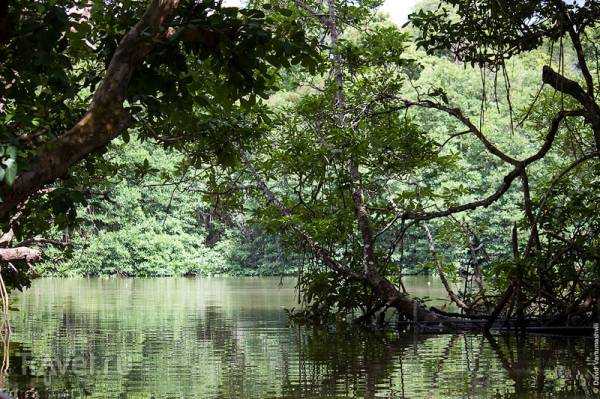
And suddenly, completely unexpectedly, we saw a family of proboscis monkeys:

Proboscis monkeys are found exclusively on the island of Borneo, where they inhabit coastal regions and valleys. The most striking feature of the proboscis monkey is its large, cucumber-like nose, which, however, is only found in males. Proboscis monkeys live in tropical forests or mangroves and never stray far from the water. They are excellent swimmers, jumping into the water directly from trees and able to cover up to 20 meters by diving underwater. Within the open shallow waters of mangroves, they move on all fours, but they cover the distances between densely growing mangrove trees on two legs, walking almost vertically. Along with gibbons and humans, they are thus the only primates that can cover relatively long distances directly on two legs. The purpose of the large noses in males is unknown. It may serve for sexual attractiveness - the larger the nose, the greater the chances of impressing and winning a female. The species is considered endangered.
Females:
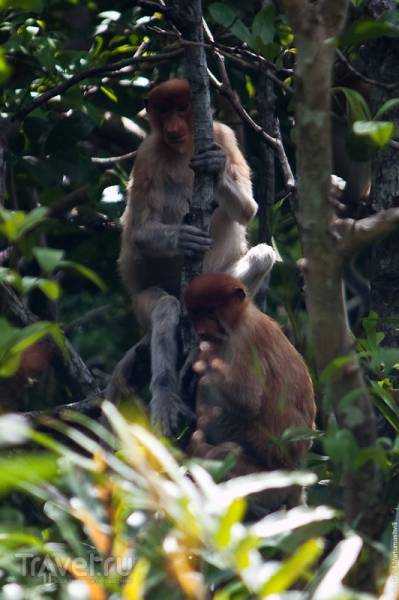
Male:

On the way back we noticed the fairy-tale domes, like from the cartoon about Aladdin. This is the palace of Sultan Hassanal Bolkiah, considered the number one attraction in Brunei. Exactly three days a year the palace is open to the public.
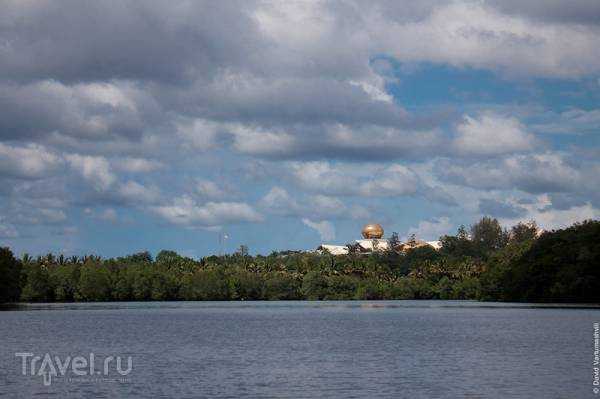
A few years ago, there was news that “his most generous Highness” raised the salaries of civil servants in his country in honor of his sixtieth birthday. The last time the citizens of Brunei received such a gift was in 1984. And the country is indeed entirely his property: here he is the Prime Minister, the Minister of Defense, the Minister of Finance, the Supreme Commander-in-Chief of the Armed Forces, and the spiritual leader. The constitution states the following: “His Highness the Sultan of Brunei Darussalam shall not act unfairly, either as a citizen of the Sultanate or as an official. No citizen of the country shall have the right to file a lawsuit in any court of the world against the head of state.” While the Sultan lives better than anyone in this world (for example, Michael Jackson danced at his birthday party), not all of his subjects can afford a boat.
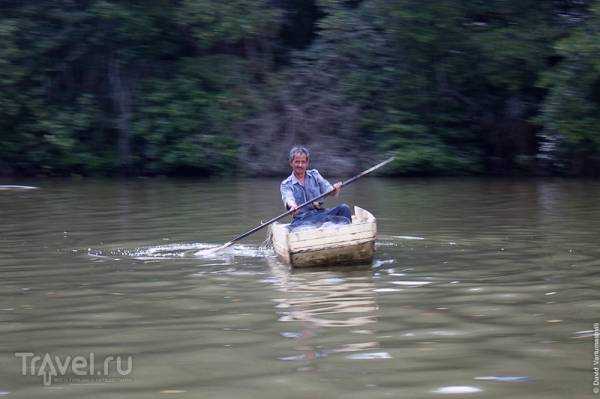
Around the next bend in the river, the roofs of Bandar appeared:
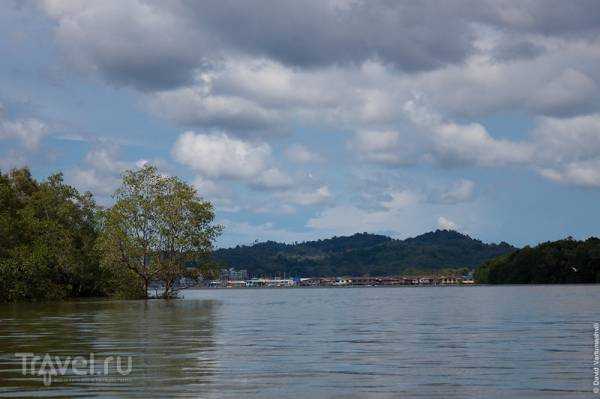
New buildings of the modern city and golden minarets:
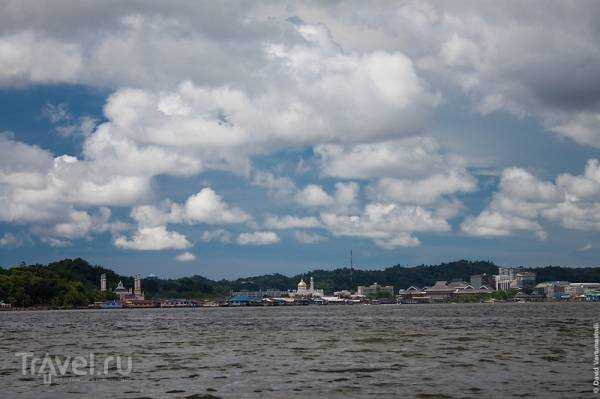
And the private sector on the water, which is where we headed:

The rusty roofs in the Google Maps photo are the houses of Kampong Ayer.

It is now that the Bruneians have moved to the land, but their ancestors, from the time of the first settlements on the river, preferred to build houses on stilts and live directly above the water. Research has shown that the first houses appeared here 1,300 years ago. The first Europeans to come into contact with the local population and draw the dwellings were members of Ferdinand Magellan's team, who visited here in 1521. At that time, Kampong Ayer was an important trading center, the largest in Borneo.
And here are the first houses:

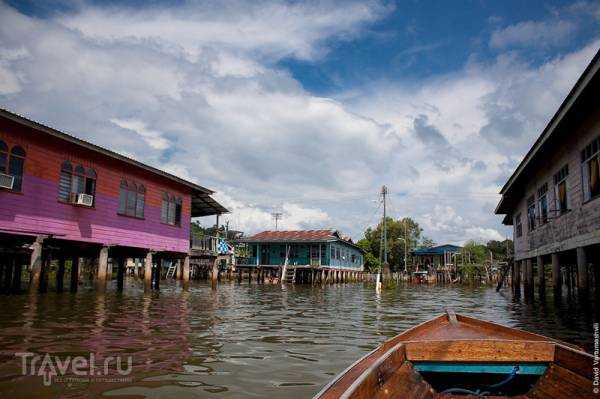
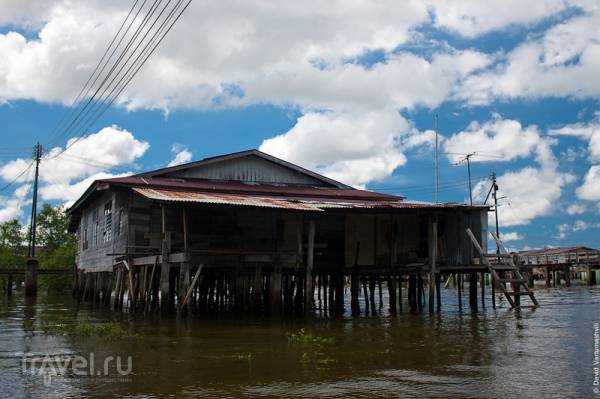
Currently, about 40,000 people live here, which is no more and no less than 10% of the country's population.
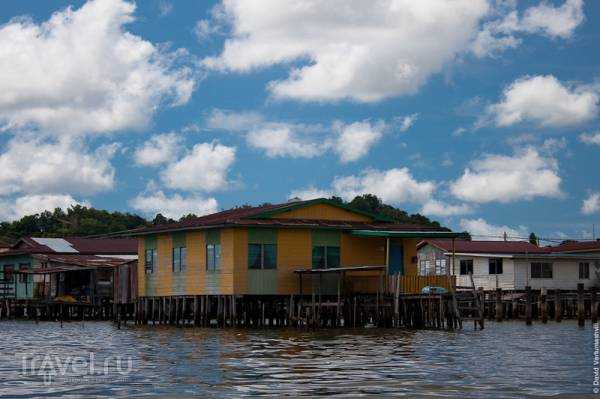
The piles are all concrete. That is, these houses are at most a few decades old. Previously, houses were probably built on wooden piles. The Malay Technological Museum, located in the building next to the National Museum of Brunei, tells more about these houses, construction technology and architecture.

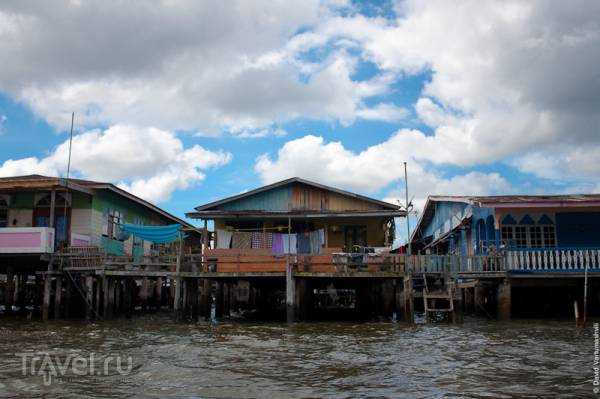
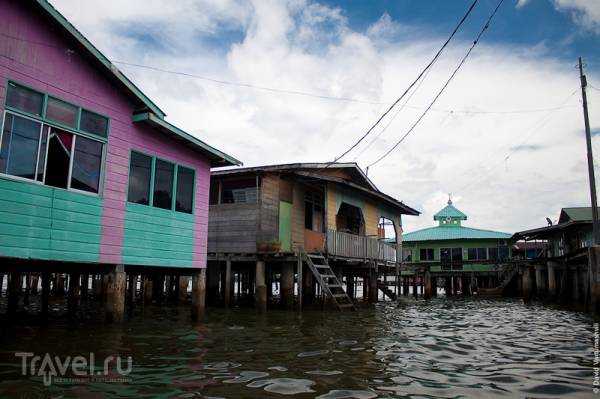
There are about 4,200 buildings here, connected to each other by dozens of kilometers of bridges and crossings. The village has all the benefits of civilization, including the Internet and satellite television. Some residents even manage to keep small vegetable gardens and livestock on piles. Among the buildings there are also hospitals, shops, cafes, schools, etc.
School:
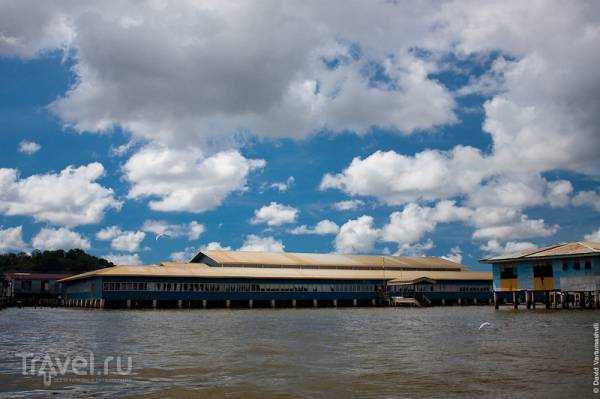
Mosque:
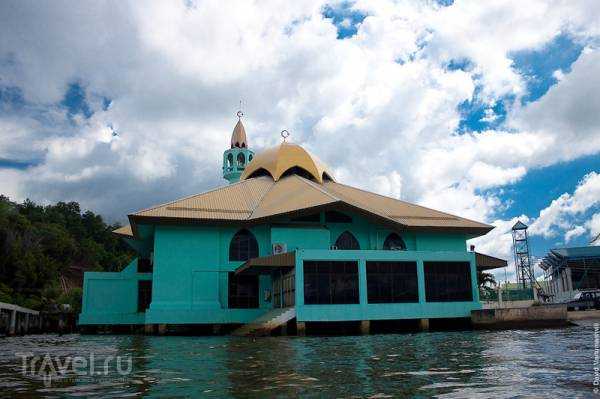
Police:

Source: travel.ru



